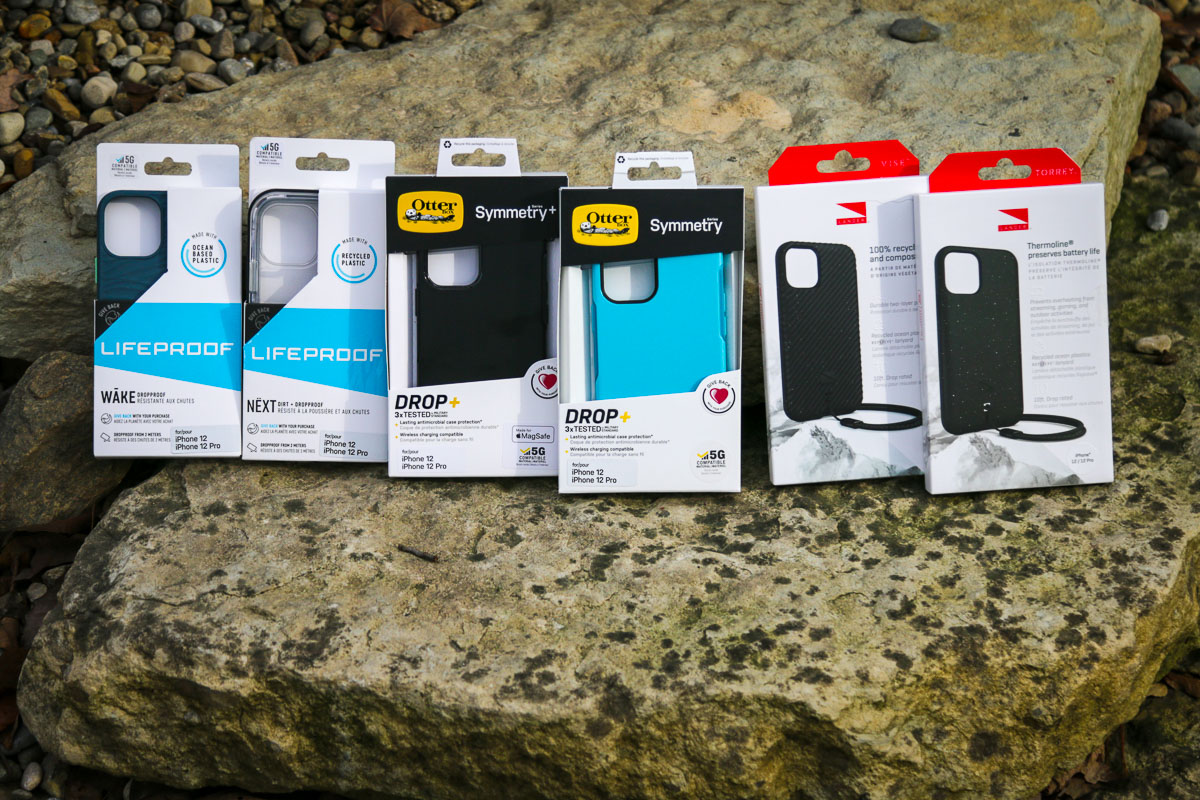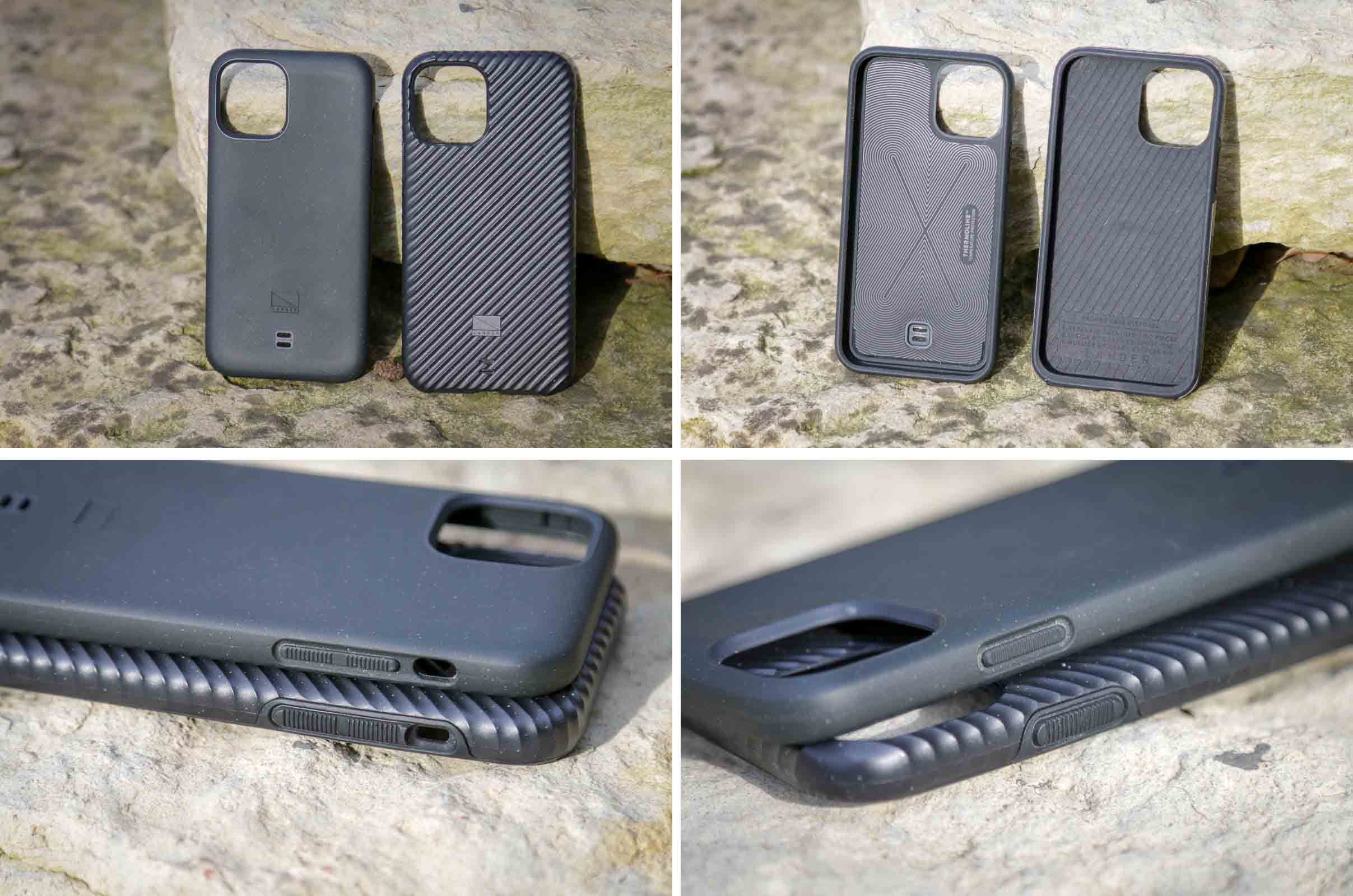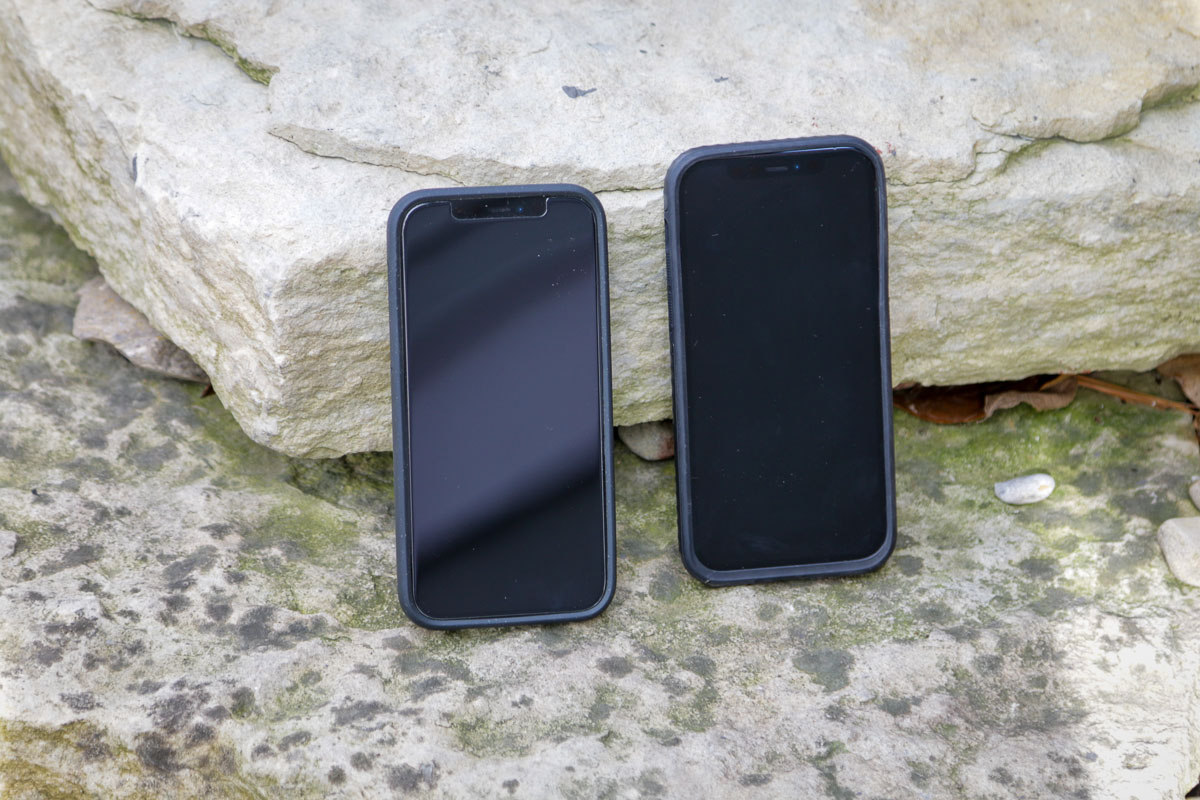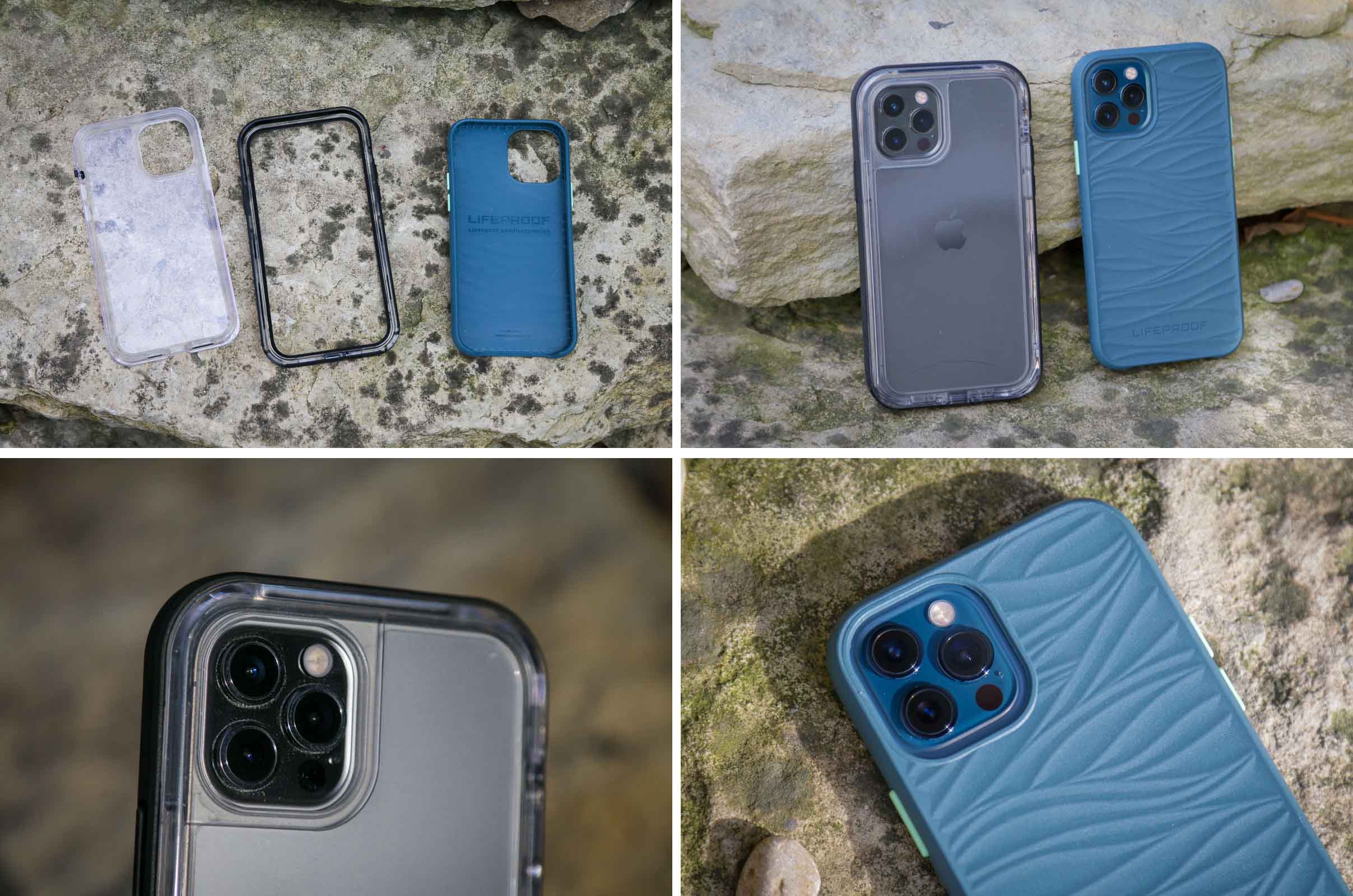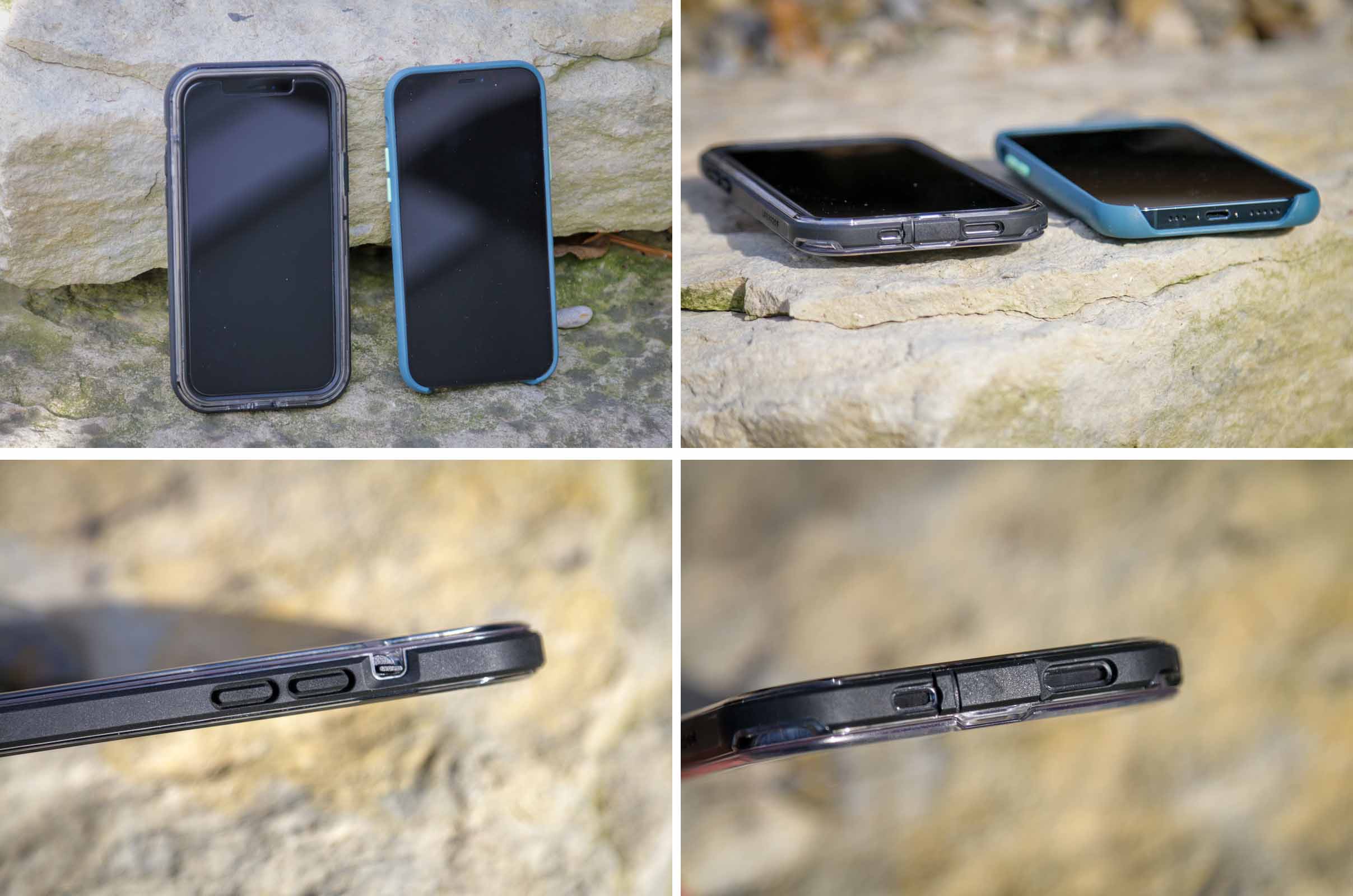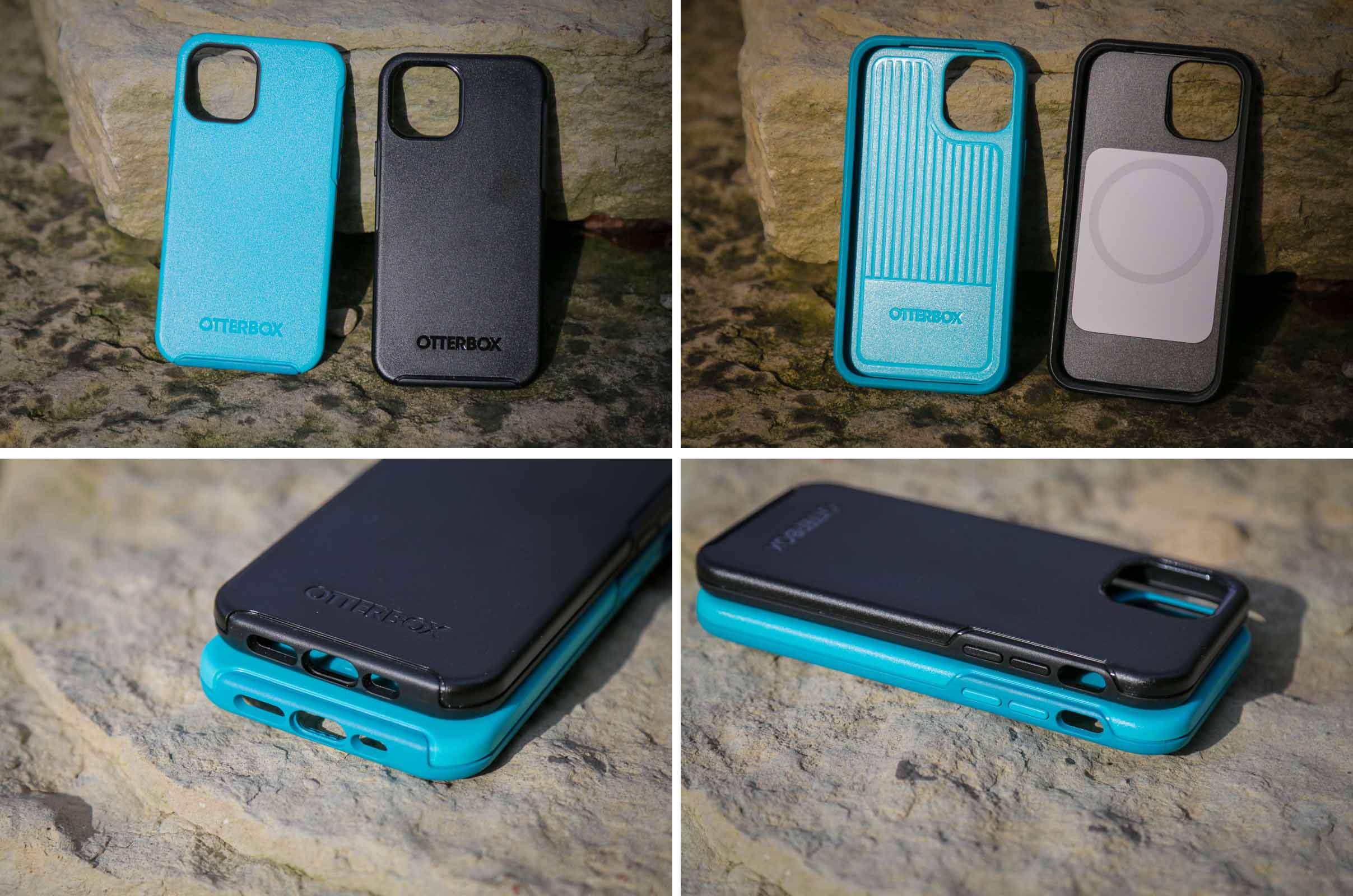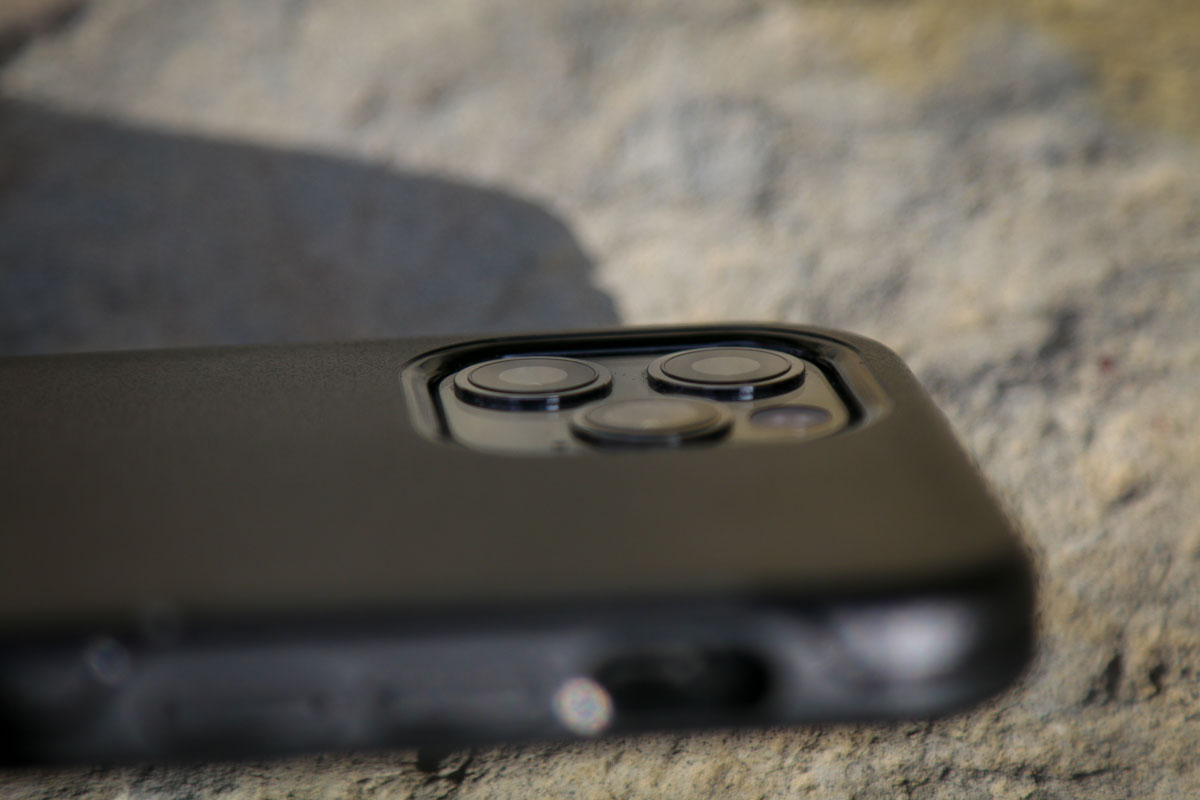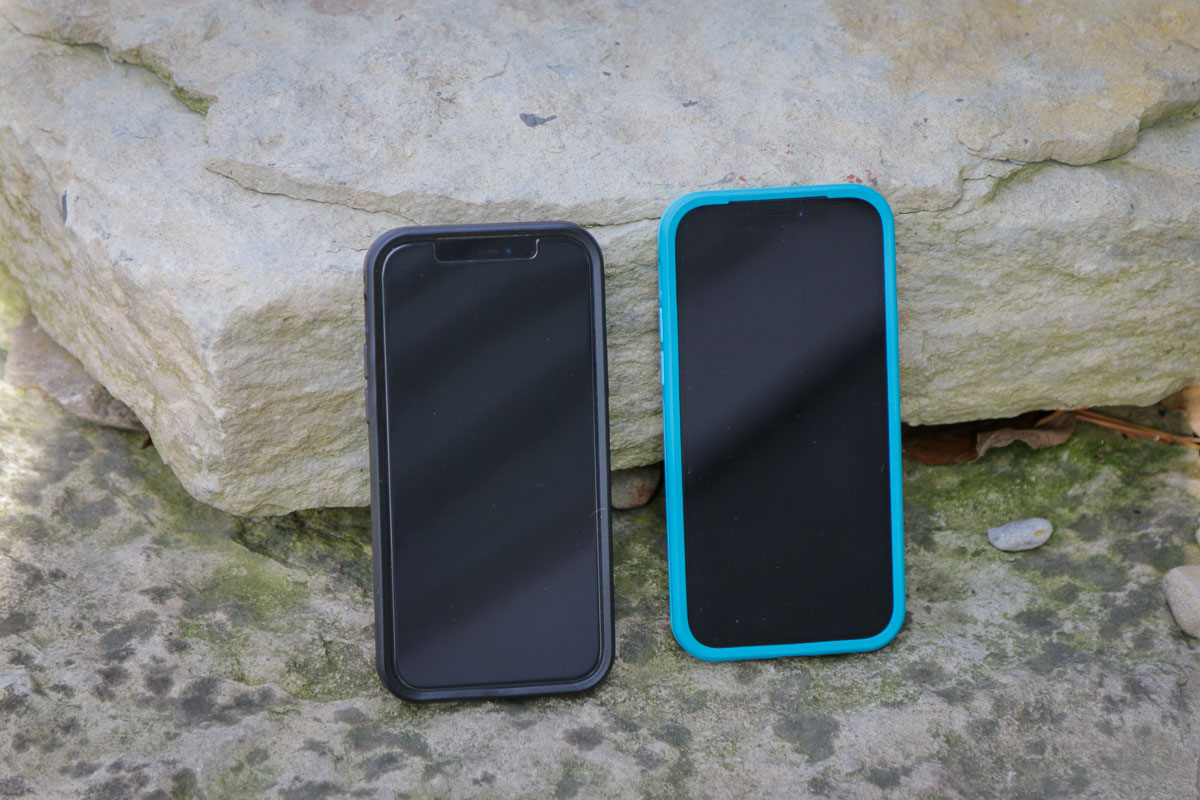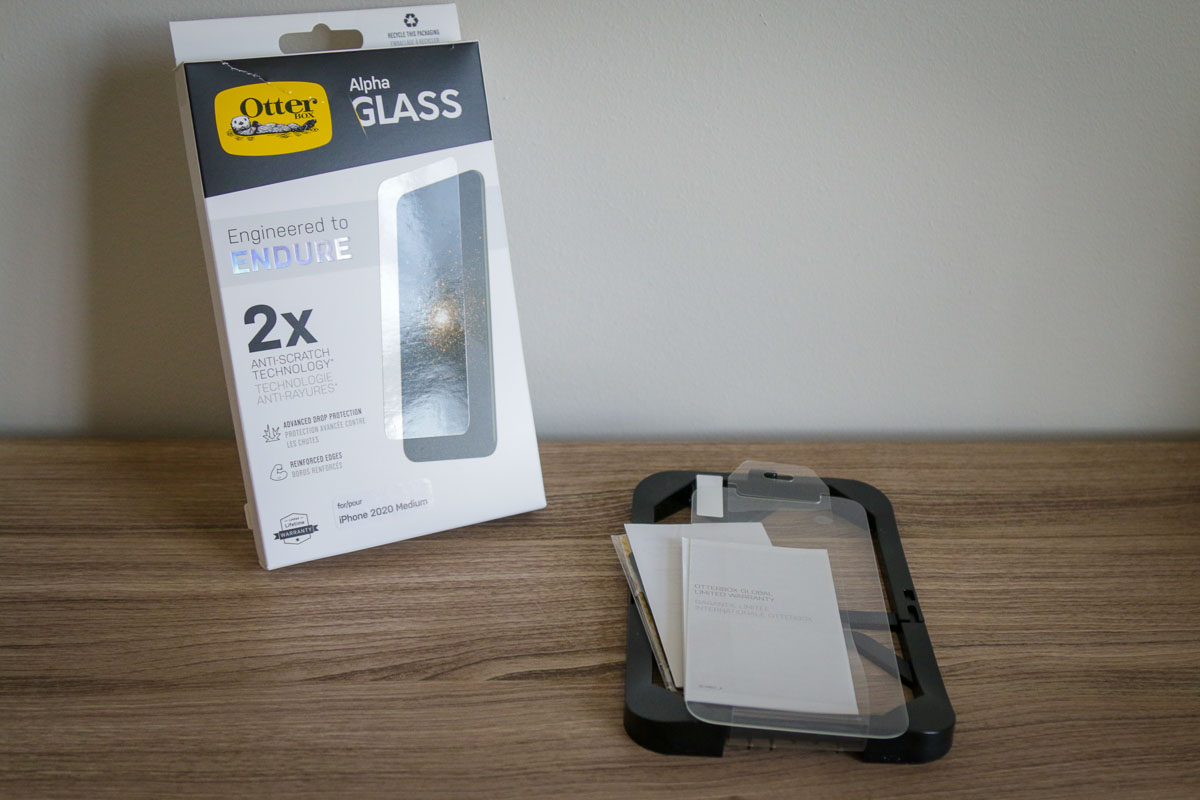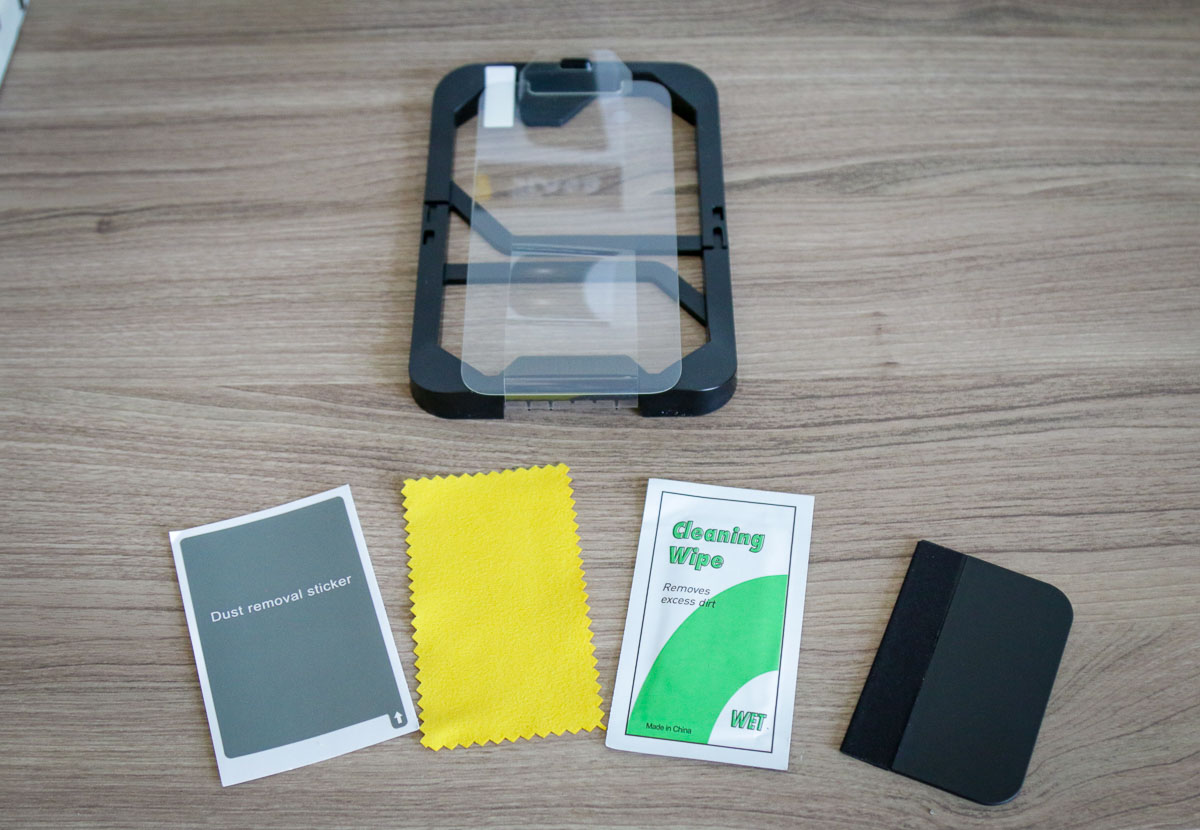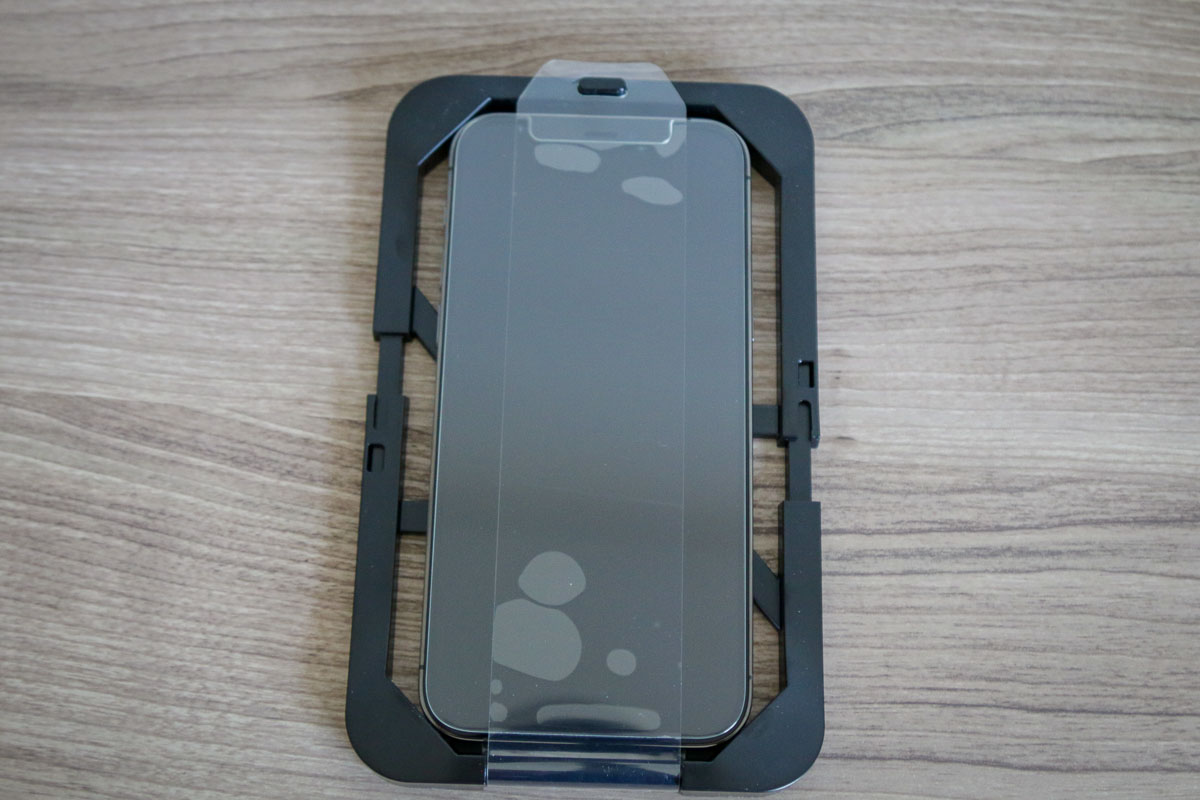Many of us ride to get away from the daily distractions that connected devices provide. Even so, the phone often comes along for the ride – for taking photos, ride tracking, or just in case of emergency. And if you’re like me, bringing an unprotected phone on a ride is a very bad idea.
It’s not just while riding though. While working on bikes or around the house, I’m constantly shoving allen wrenches and screwdrivers into my pockets, which absentmindedly is sometimes the same pocket my phone is in. Throw in the occasional drop or toss from my toddler, and phone cases for me are a must.
With a new iPhone 12 Pro in hand, it was time to check out some of the newest cases from Lander, LifeProof, and Otter Box.
Lander Torrey & Vise
Lander might not be a name you associate with phone cases yet, but after testing a few of their products including the previous Torrey case, I wanted to try the new version. Lander also sent over their Vise which includes the interesting feature of being 100% recyclable and compostable.
While both cases are 10ft. drop rated, they go about it in different ways. The Torrey features their Thermoline battery insulation which claims to preserve battery life in cold weather and also prevents the phone from overheating while streaming, gaming, or just being in a hot pack. The Vise uses a two layer construction with a rigid outer shell that features diagonal lines to increase your grip. Both cases include a detachable lanyard made from recycled ocean plastics if you want to keep your phone on a tether.
The Torrey was one of my favorite cases for the iPhone 11, so how does it compare to the 12? For the most part it’s still the same great case, but there is one detail that bugs me. With the change in the shape of the phone itself, the case changed as well. Now, the side buttons, particularly the power button, are harder to access. Previously, there was more of a cutout around the button, which made it easier to locate and operate. The flip side of this, is that it’s now harder to accidentally screenshot when you’re tying to turn off your phone. So there’s that (thanks Apple).
The Vise lives up to the name and is quite grippy in your hand. The hard plastic isn’t quite as nice to hold as the Torrey’s soft touch, but it definitely provides more grip. As mentioned, the Vise is completely recyclable and compostable – but in two parts. As the inside of the case instructs, you split the case into two pieces. The inside goes into the compost, and the outside goes to the recycling bin. Pretty cool.
As tested, this version will work with both the iPhone 12 and iPhone 12 Pro, but Lander has a number of other versions as well. Both the Vise and the Torrey sell for $40 each with the included lanyard, in multiple colors.
LifeProof NËXT & WĀKE
Not that long ago, if you wanted to protect your iPhone from getting wet, LifeProof cases were one of the best options. But then Apple finally got with the times and introduced an iPhone that was at least water-resistant enough that a waterproof case wasn’t needed for daily use. Since then, LifeProof has retooled a bit. They still offer waterproof cases like the FRĒ, but the NËXT and the newest case, the WĀKE take advantage of the phone’s built-in water resistance while providing extra protection where needed.
These two cases are very different. The WĀKE is a simple, thin, single layer case made from 85% ocean-based recycled plastic. The wave pattern is a nod to the sea, while also increasing grip. With a completely open bottom and plastic feeling click-buttons, the WĀKE claims to be drop proof from two meters.
That’s in contrast to the NËXT which is a two piece case with an open front. Offering the same 2m drop proof rating, the NËXT takes protection a step further with a “dirt proof” design that includes seals on all openings, and protective grilles over the speakers. The buttons are rubberized, while the silent toggle gets a little rotating dial, and the charging port is fully sealed. Out of all the cases in this roundup, this one is definitely the right choice if you want to keep dirt, sand, and dust out of your phone’s ports. But it’s also the largest case in the roundup by a full centimeter in length.
It’s also the most expensive at $79.99. The WĀKE case on the other hand is just $39.99. While easier to install than previous LifeProof cases, I would say that both of these cases were the most difficult to get on and off of any on test. That makes sense, at least for the NËXT given its additional protection, but the WĀKE’s stiff plastic design made it a challenge to pop on and off – but it did fit very well.
Otter Box Symmetry & Symmetry+
Then there’s Otter Box. Another long-standing option in the world of phone cases, Otter Box sent over two of their Symmetry cases, with one of them the Symmetry+. What’s the difference? The Symmetry+ is compatible with Apple’s MagSafe accessories, which is noticeable by the different back panels and the white insert inside the case. Don’t plan on needing MagSafe compatibility? The same case is available for $10 less without it. I don’t have any of those accessories to test, so I can’t say if any of the other cases are compatible or not.
Built with a one piece design, Otter Box combines both polycarbonate and synthetic rubber for a sleek feel with grip where it’s needed. They also infuse the case with a “silver based additive that continually blocks microbial growth.” They point out that it won’t protect you or the screen, but it will prevent bacteria from growing on the case itself.
They Symmetry cases feature buttons that are very easy to operate, and like all of these cases, the raised edge protects the protruding lenses of the cameras.
Claiming that these cases are tested to three times the number of drops required by military standards, the cases should provide plenty of protection for your phone. The Symmetry+ is priced at $59.95 while the Symmetry is $49.95, in multiple colors.
A word on wireless charging and 5G
It should be noted that while all of these cases state that they’re compatible wireless charging, they might not be compatible with your wireless charger. My wife uses a Ubio Labs Dual wireless charger for her phone and her watch, which will charge both of our iPhone 12s with no problem. It will even charge her 12 with a Casetify case installed. But all six of the cases in this roundup would not work with the charger. So you may need a newer wireless charger if you plan on using one of these cases and you don’t want to do it the old fashioned way with a cable.
It’s also interesting that both the Otter Box and LifeProof cases have stickers that say they are 5g compatible. The Lander cases say nothing about 5G compatible materials. The jury still seems to be out on how much phone cases may affect 5g signals, but I can say that having a case installed didn’t seem to have any effect on my phone’s speed while tested in the same location back-to-back-to-back. According to the most recent report by PCMag, the materials can affect millimeter-wave 5G which is used by Verizon. That makes it sound like the cases will only affect certain carriers in certain countries, for now.
What about the glass?
Remember up top where I talked about putting screwdrivers in my pockets? Well, screwdrivers, keys, money clips, or anything else hard and sharp can be an easy way to scratch your phone’s screen. In addition to the case, I always use a screen protector. To date, I’ve broken only one phone screen – which was the unfortunate result of a rock being flung by my bike’s rear tire, that then hit the phone while it was in my jersey pocket. And that’s when I learned you should always put your phone in your jersey pocket so the screen faces your back.
To go along with their cases, Otter Box sent over their Alpha Glass Screen Protector kit.
Essentially, you’re sticking another layer of glass to the top of your phone’s glass. Why? Because if it gets scratched or nicked, you can replace this a lot easier than the phone glass. Or more importantly, when you’re ready to trade the phone back in for the next one or sell it, you can pop off the screen protector and it will look brand new.
The glass is super thin, won’t shatter, and is “fortified tempered glass” that keeps your touchscreen’s sensitivity. The kit includes the usual steps – a dust removal sticker, cleaning wipe, cleaning cloth, and a squeegee in addition to the installation frame.
Thanks to this frame, it’s almost impossible to screw this up. Compared to a lot of cheaper options I’ve used from Amazon, the Alpha Glass went on very easily without any bubbles or edges that wanted to lift. The kit is priced at $39.95 for a single glass sheet, but the added protection is worth it.
